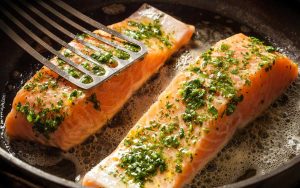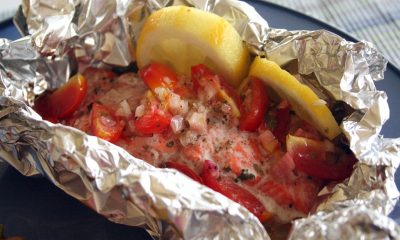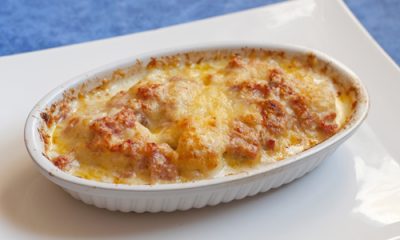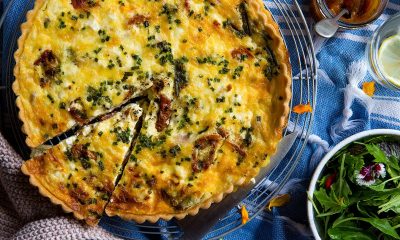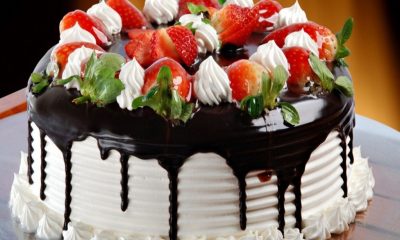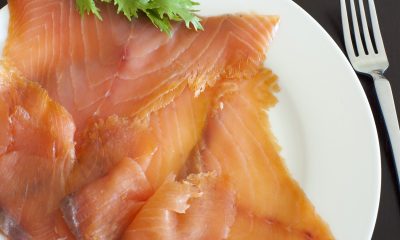Ask
Solving Queries On Salmon
What is the best way to broil or bake a salmon?
Broiling salmon:
Broiling under high heat is a quick method to cook many foods, including salmon. Choose fillets, which cook quickly, and pay close attention while cooking to avoid burning or charring your fish. Season the salmon before or after broiling using dried or fresh spices, glazes or marinades. What’s more, you can broil salmon fresh or while it.
Preheat the broiler to a high temperature, usually 425 degrees Fahrenheit or higher. Place the salmon skin side down on a broiling tray or on a baking sheet, and position the oven rack to between 2 and 5 inches from the heat source. If you are seasoning your salmon with more than just oil and salt — such as herbs or a glaze — keep the fish further from the heat source — 3 1/2 inches or more — to prevent burning. The high sugar content of some glazes means the salmon will brown faster under the heat of the broiler, so watch carefully it while cooking. For a crisper exterior, place salmon closer to the broiler.
When salmon is fully cooked, it appears opaque and flakes easily with a fork, but even overcooked salmon tends to stay moist. To test for doneness, look for browning on the top of the salmon and a little whiteness at the edge of the fillet or chunk, which indicates cooked fat. When pressed with the back of a wooden spoon or your finger, the salmon should only give slightly. A 1 1/2-inch thick fillet broiled at 450 F and placed 4 inches from the broiler will be cooked to medium rare in roughly 12 minutes.
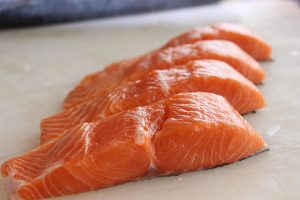
Baking salmon:
When learning how to bake salmon, it’s important to select the right fish. Fresh salmon is often available farmed or wild, with wild carrying the higher price tag. The country-of-origin label should tell you where the fish is from and if it is farmed or wild. Common forms of salmon include fillets, steaks, and whole fish. When cooking fresh salmon or making baked salmon fillets, ask your fish market to skin them for you.
- Wild: Most varieties of wild salmon are available fresh May through October and frozen throughout the year. Wild salmon are typically Pacific coast varieties, such as coho (silver), sockeye (red), Chinook (king), pink, and chum.
- Farmed: Atlantic salmon is generally farmed. Farmed salmon is often more readily available and sold at a lower price.
If frozen, thaw salmon in the refrigerator. Rinse and pat dry with paper towels. Cut larger pieces of salmon into serving-size pieces. Place in a single layer in a greased or foil-lined shallow baking pan. For fillets, tuck under any thin edges to ensure even baking. Brush the fish with olive oil or melted butter and season as desired.
Oven-baked salmon can be tricky; the key is how long to bake it. Knowing how to cook salmon in the oven is essential to mastering basic cooking techniques for weekday meals.
Preheat the oven to 450 degrees F for baked salmon fillets or 350 degrees F for a dressed fish. Fillets can be baked at a lower temperature, if desired, with an increase in cooking time. Put salmon in oven and bake, uncovered, 4 to 6 minutes per 1/2-inch thickness. Bake a dressed salmon 6 to 9 minutes per 8 ounces of fish.
To test for doneness, insert a fork and gently twist. The salmon is done as soon as it becomes opaque and begins to flake.
What is a good seasoning for salmon?
Salmon goes really well with almost any type of spice you would like to use. But my favorite is always garlic or garlic powder, lemon juice or lemon zest, lots of melted butter/ghee or olive oil, salt and black pepper, Italian seasoning and last but not least fresh parsley or dill. It is one of the most delicious salmon seasonings ever.

